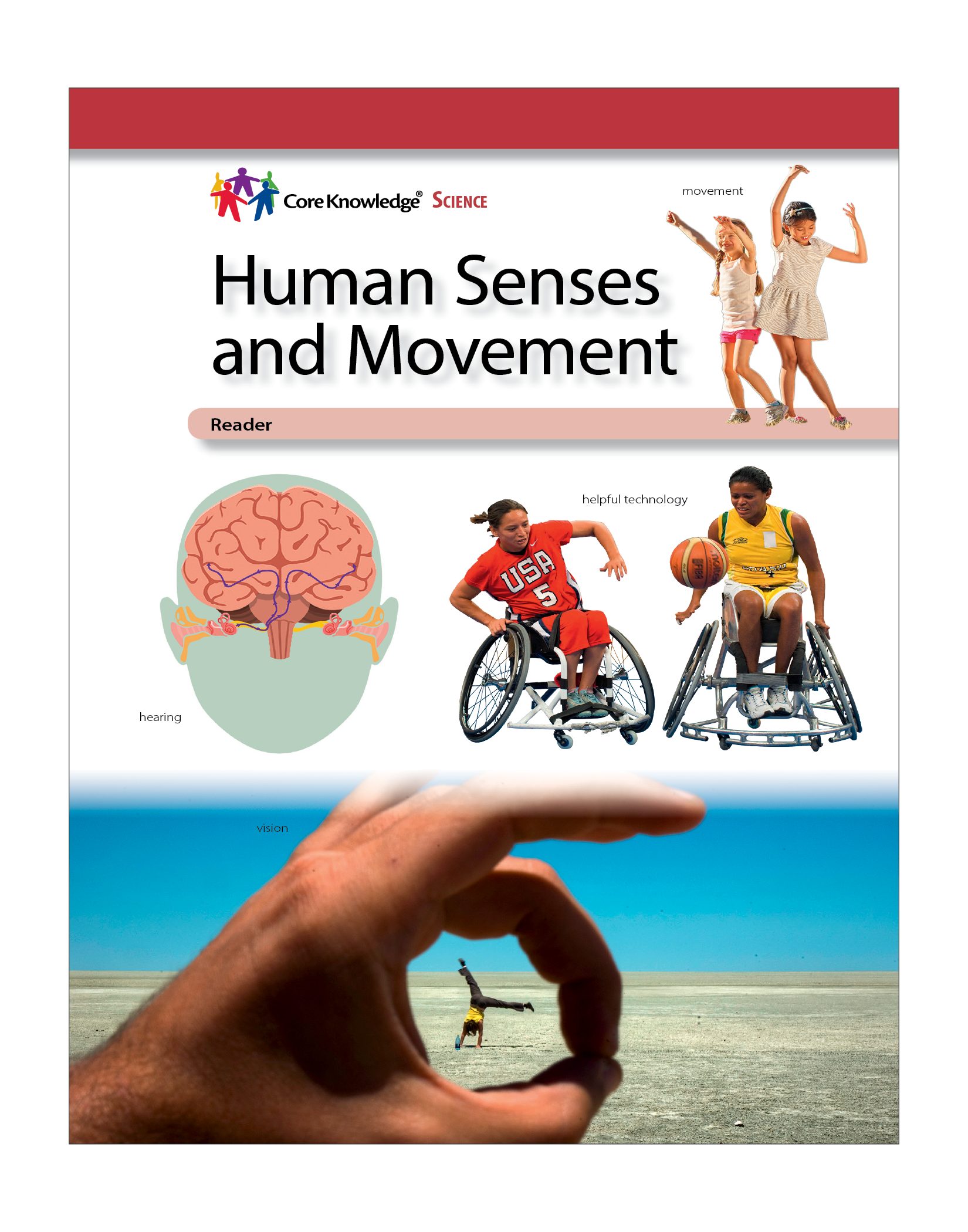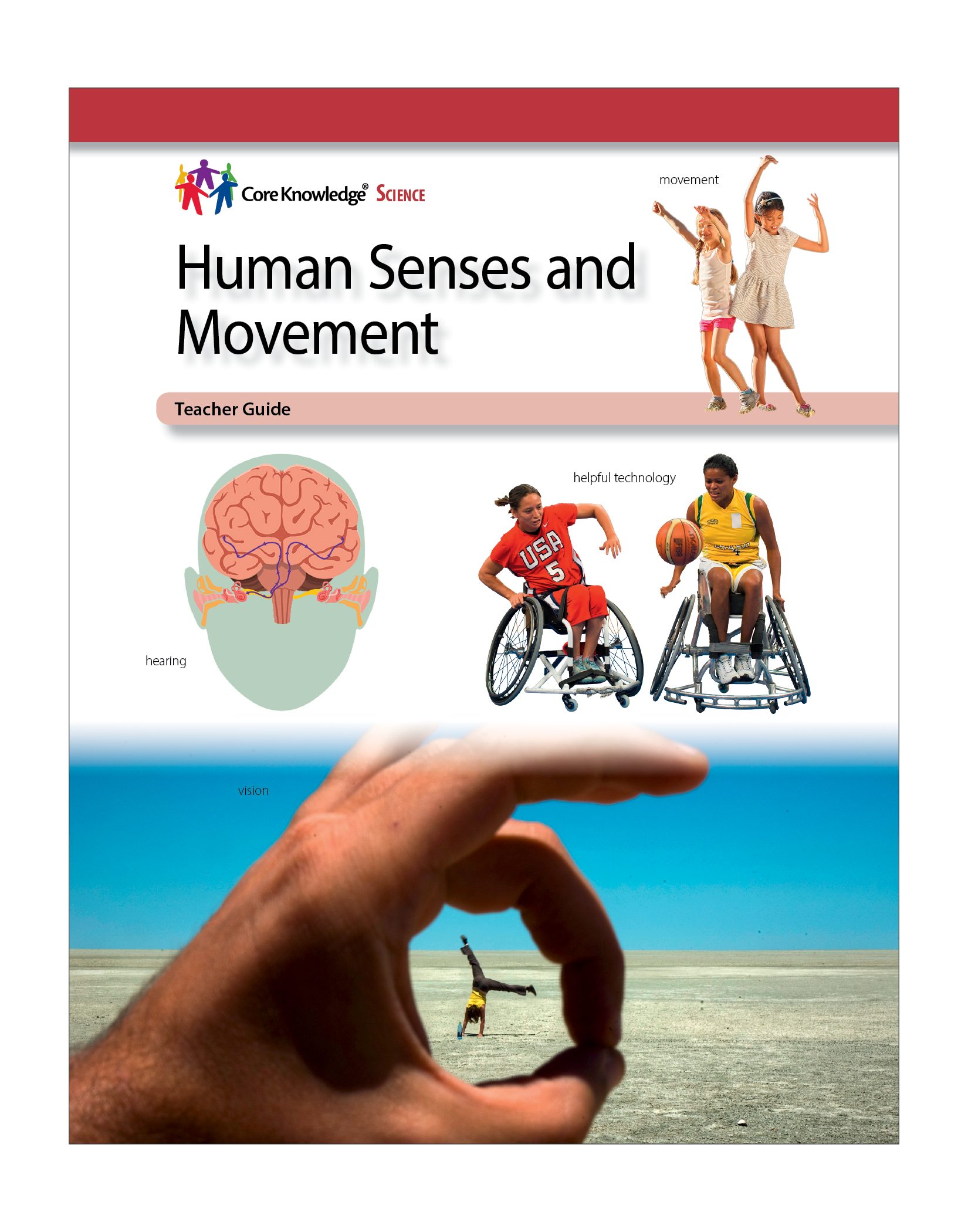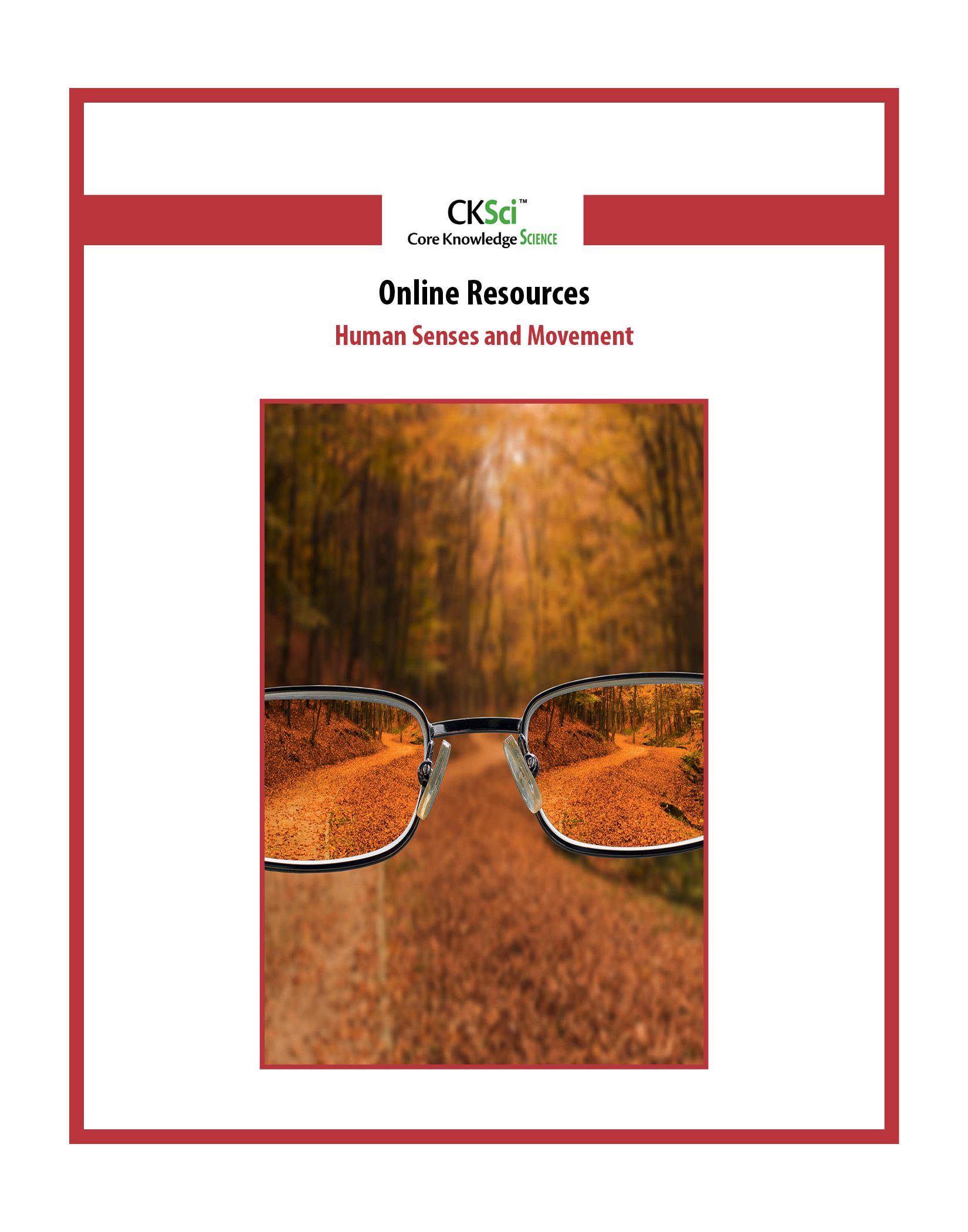
CKSci Unit 5: Human Senses and Movement
Focus:
In this unit, students will consider the body structures, systems, and functions that contribute to the ability to play table tennis, particularly to the ability to return a fast serve of a table tennis ball. Vision and hearing provide the perception needed for the response. The interactions of the nervous, skeletal, and muscular systems produce the body’s motion in the response.
Students are familiar both with their body’s ability to sense information from the environment and with their ability to move. Students may not have yet studied the relationship between senses and movement—the notion that most of the time when they move a body part, that movement is initiated or guided by their senses. Their bodies are coordinating complex operations among multiple body systems with every movement.
In this unit, students build on their understanding from previous grades about human body structures and their functions. They also discover adaptive technologies that assist with different aspects of impaired sensorimotor function.
Number of Lessons: 7
Instruction Time:
- Because this unit is not designed to support any specific NGSS Performance Expectation, the instructional episodes are not grouped into multipart lessons. As such, they are identified simply as lessons instead of lesson segments.
- Each Lesson is designed to be completed in one 30–45-minute class period.
- Some single-day activities and performance tasks might require setting aside a longer block of time.
- This Unit should be completed in about 30 classroom days.
- A Pacing Guide Template is usually provided within the Teacher Guide so teachers can map out customized instructional days for this unit.
- A complete list of Materials needed to complete the unit is provided in Online Resources.
Additional Search Terms:
hearing • sound • vibrate • ear • eye • vision • muscle • involuntary muscle • voluntary muscle • skeleton • bone • connective tissue • nerve • brain • impaired • nonfiction • informational text



